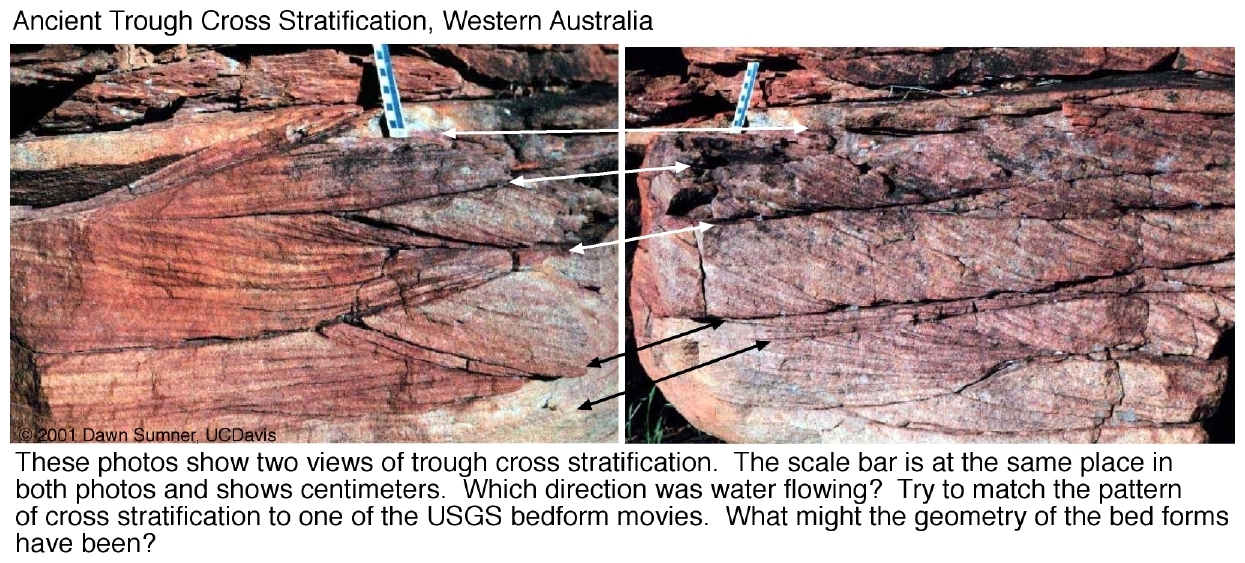Chapter 17 planar stratification introduction 1 planar stratification is just as common as cross stratification if not more so but the literature on it is not nearly as large.
Planar cross lamination.
Tabular planar cross beds consist of cross bedded units that are large in horizontal extent relative to set thickness and that have essentially planar bounding surfaces.
The term planar lamination is commonly taken to indicate planar laminae that are more or less horizontal within a few degrees when originally deposited and that have more or less parallel bounding surfaces but laminae do vary in thickness laterally.
It concentrates on the topic of planar lamination not planar.
Some intervals of massive appearance 0 none barrier bar 2a light grey very fine grained sandstone with common pyrite wavy to flaser bedding.
In a sense the title of this chapter is misleading.
Planar laminae have planar bounding surfaces.
Cross bedding dan cross lamination cross bedding adalah fitur yang terjadi pada berbagai skala dan teramati pada konglomerat dan batupasir.
The term cross lamination is used rather than cross bedding.
Cross bedding can be subdivided according to the geometry of the sets and cross strata into subcategories.
Because the transport direction varies through time the orientation of cross laminations vary through time.
The foreset laminae of tabular cross beds are curved so as to become tangential to the basal surface.
Sebuah batuan sedimen tunggal dapat.
Lamina that occurs in sedimentary rocks laminae are normally smaller and less pronounced than bedding lamination is often regarded as planar structures one centimetre or less in thickness whereas bedding layers are greater than one centimetre.
Common mudstone drapes and wave and current ripple cross lamination.
Laminasi sering dianggap sebagai setiap struktur planar yang berukuran lebih kecil dari 1 cm dan bedding sebagai setiap struktur planar lebih besar dari itu.
Faint planar lamination the lamination is poorly developed because the sediment is often poorly sorted and not much transport is occurring.
Cross stratification is commonly manifested as lamination within a much thicker stratum that is at least in some places at an angle to the bounding surface of the given thicker stratum.
The most commonly described types are tabular cross bedding and trough cross bedding.
However structures from several millimetres to many centimetres.
Tabular cross bedding or planar bedding consists of cross bedded units that are large horizontal wise with reverence to set thickness and that have.








